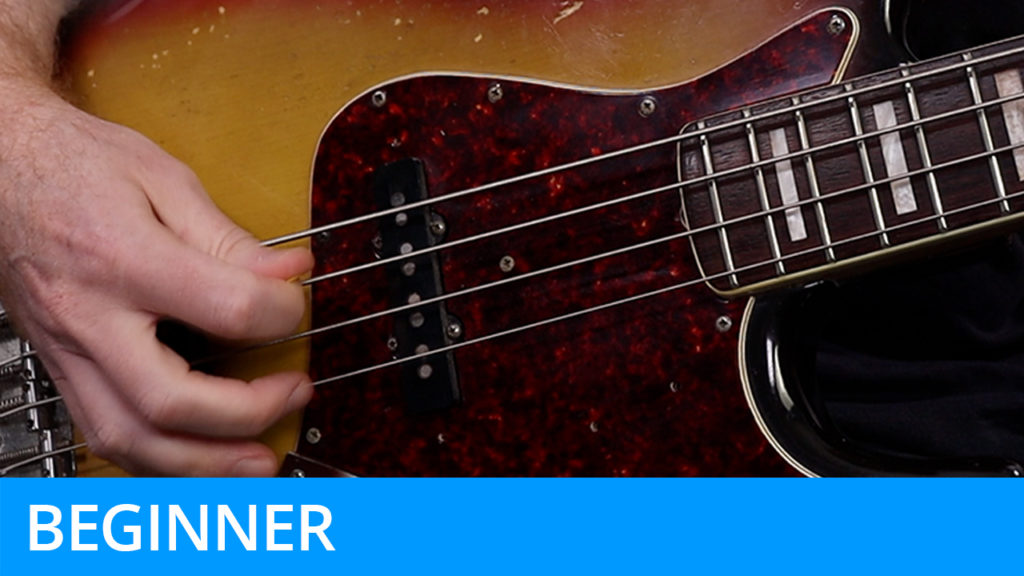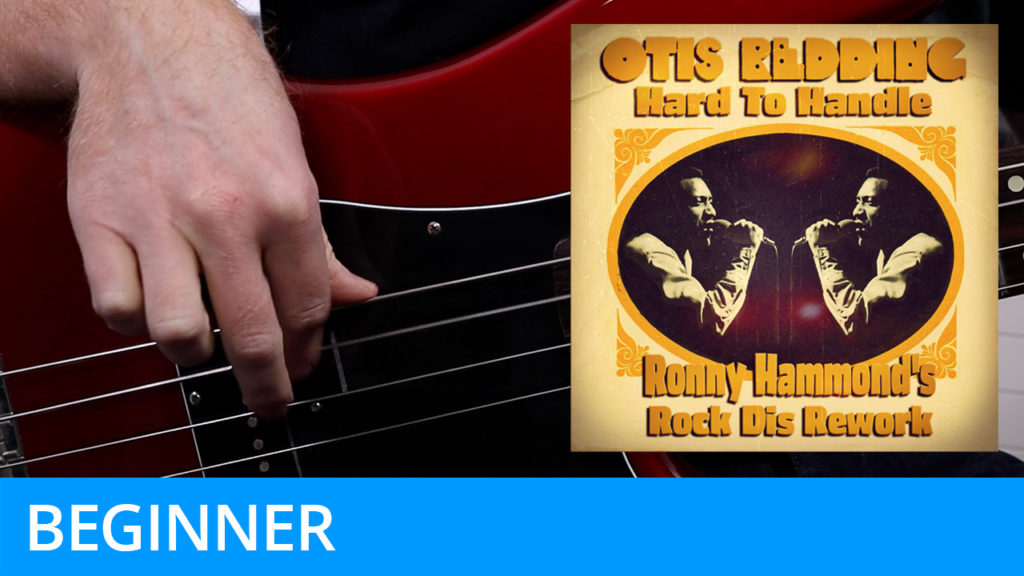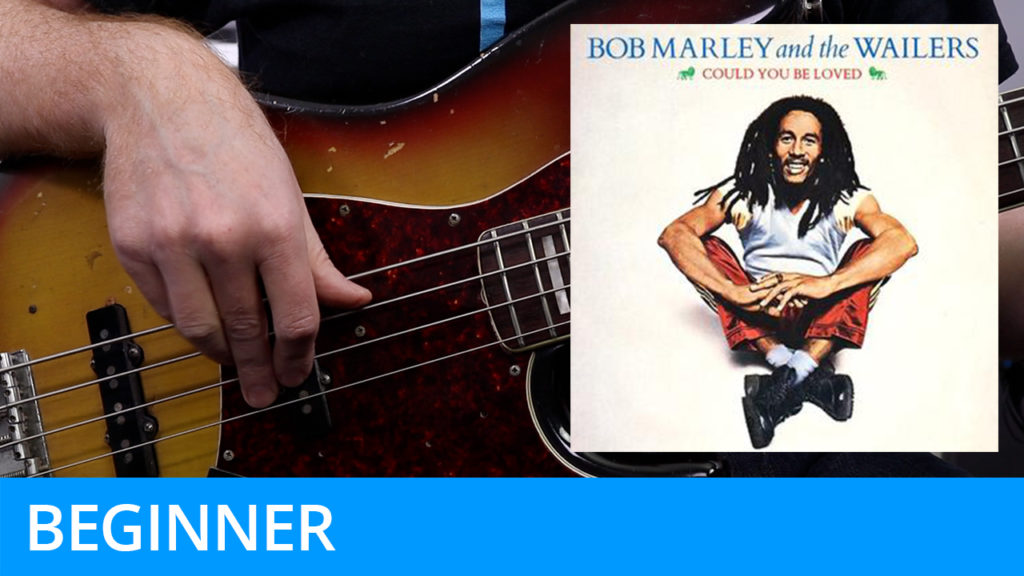The Beach Boys – ‘Good Vibrations’
Course Duration: 25 Minutes | Difficulty Level: 2
The sixties were an experimental time for musicians, none more so than The Beatles in the UK, and The Beach Boys over in the U.S. Although The Beach Boys began life as a surf rock band, under the stewardship of chief songwriter Brian Wilson they evolved into a far more sophisticated outfit during the mid-late sixties. Albums such as the legendary Pet Sounds are excellent examples of their experimental forays into other styles including psychedelia, jazz and doo-wop.
‘Good Vibrations’ was released as a stand-alone single in October 1966 at the height of The Beach Boys’ popularity. The song was predominantly written by lead songwriter Brian Wilson, with lyrical contributions from Mike Love. It has an unusual structure for pop songs of the time and is regarded as a key example of Wilson’s developing compositional skills. There were many recording sessions for the song, with parts being re-recorded multiple times. It is estimated that over $50,000 were spent on its recording, making it at the time the most expensive song to have ever been recorded. The final version was eventually pieced together from the many different takes that were available.
The song has two recorded bass parts, one upright bass part and one electric bass part. The upright part was performed by Lyle Ritz and is very low in the mix, making it practically inaudible. The electric part was performed by Carol Kaye.
To download the transcription (with TAB and without), please visit the Free Stuff page.




